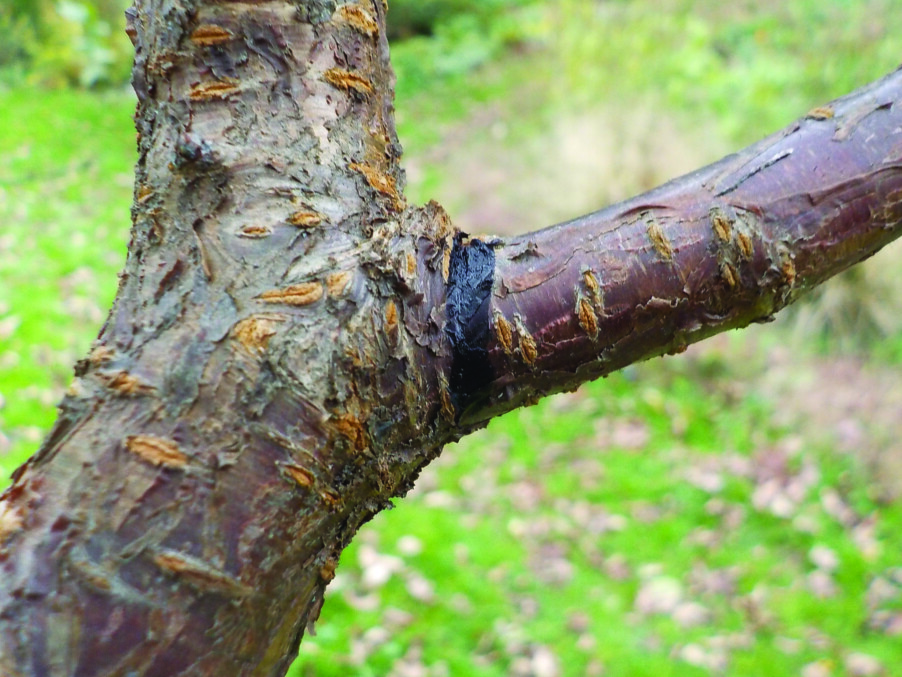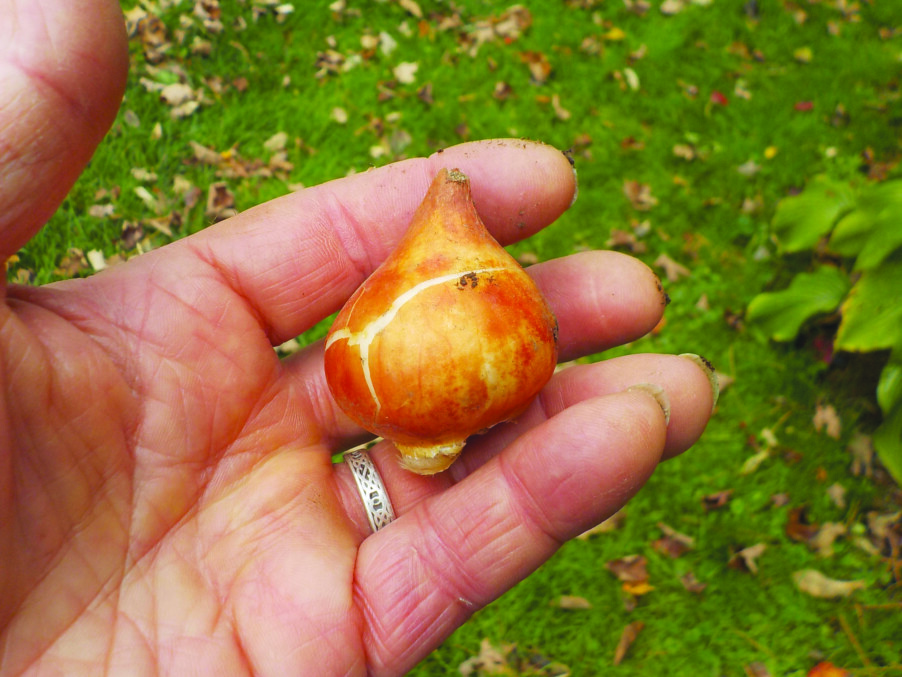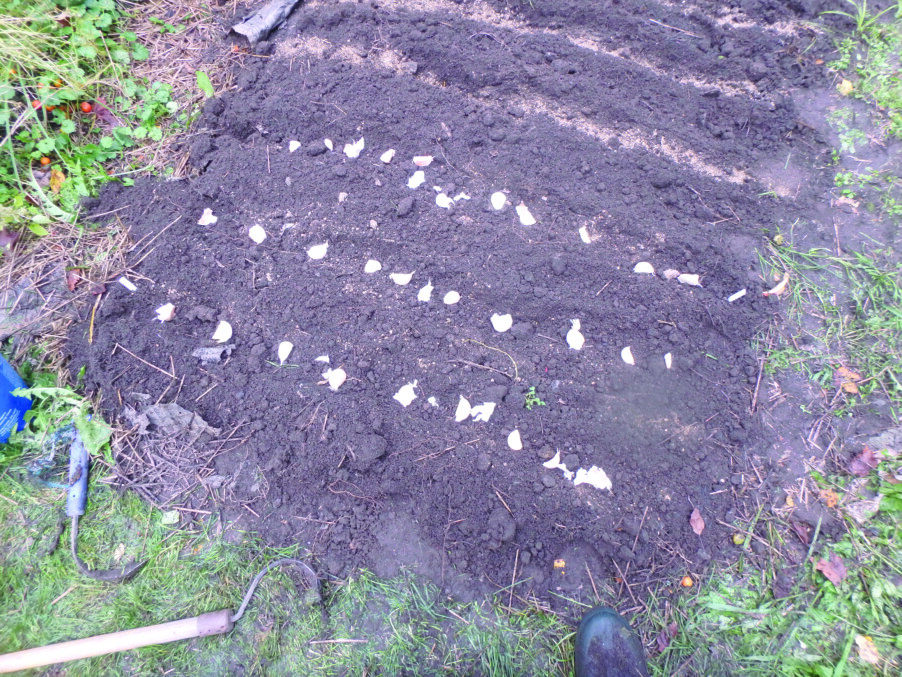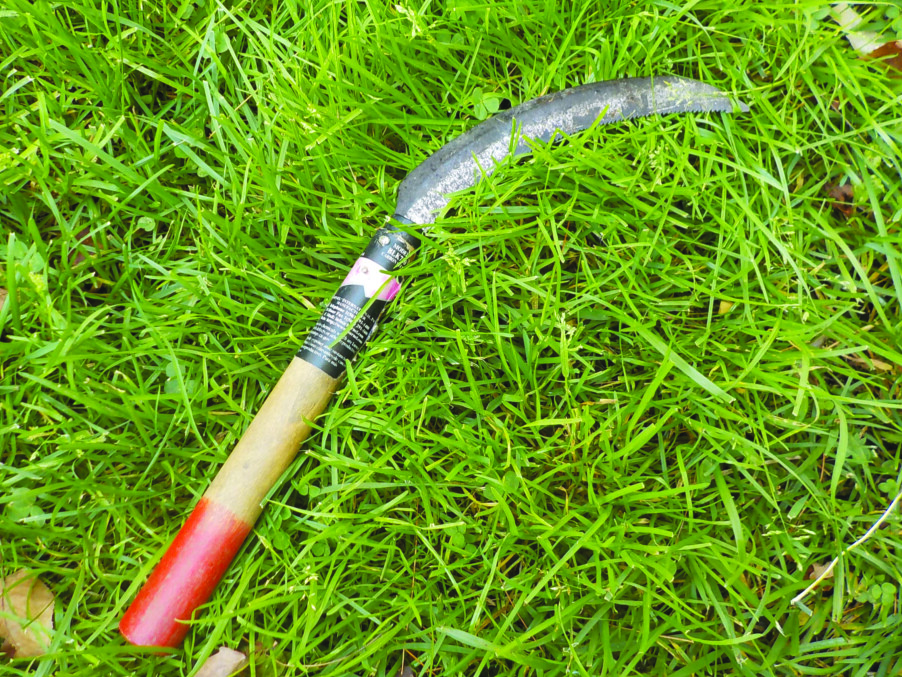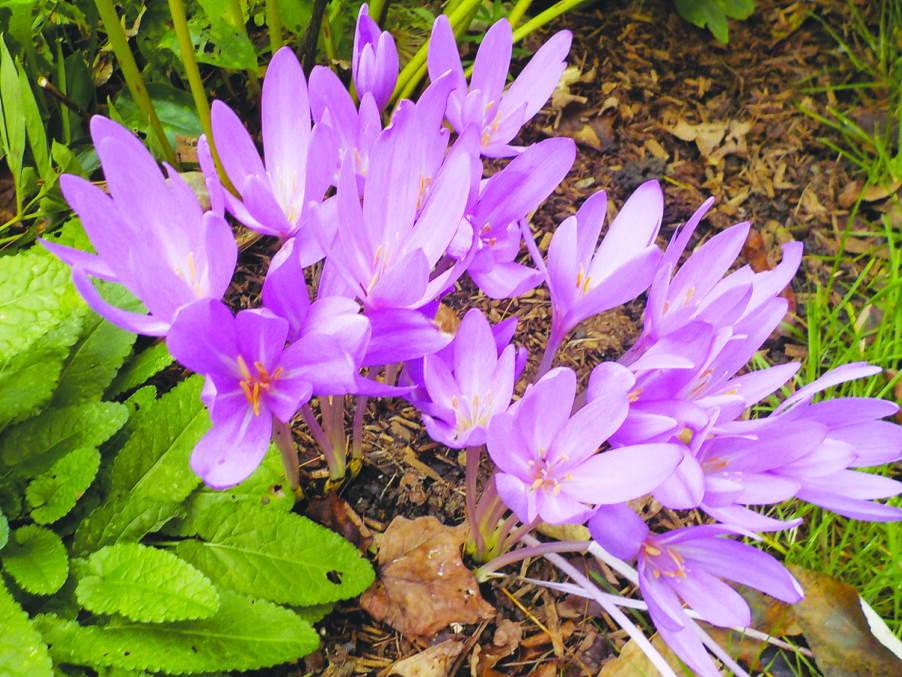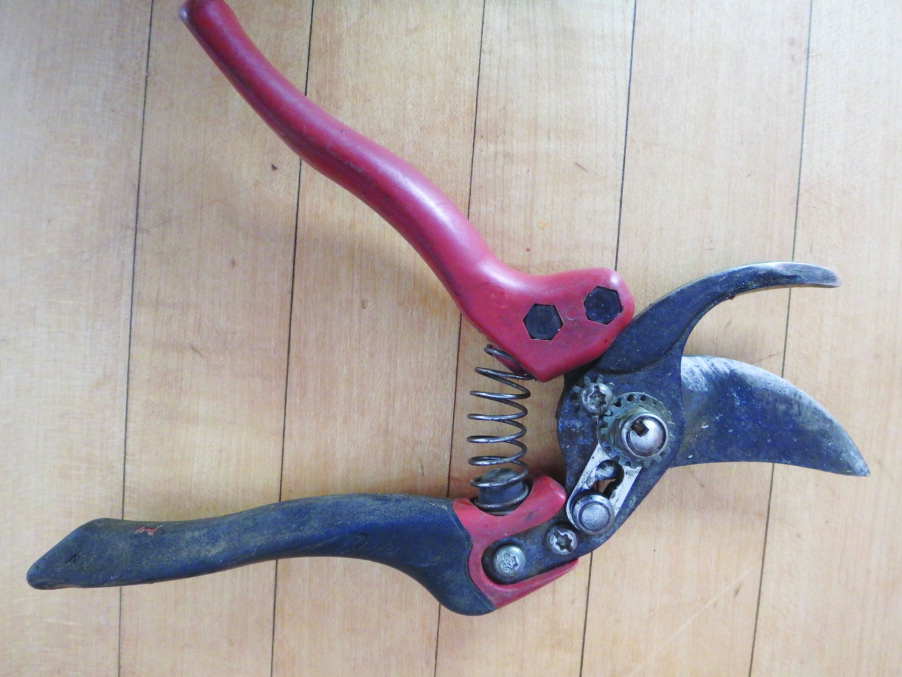A few bold cuts can transform a tree or shrub
I asked an experienced arborist the other day what he thought about pruning apple trees in the fall. His answer was the same as mine: “Prune when you have time and the pruners in your hand.” Yes, March is a good time to prune, but I suspect that farmers started the tradition of pruning their orchards then because it was too early to plow or plant, and they were suffering from cabin fever. Over the years, I have pruned most sorts of trees in the fall, winter, spring and summer — and seen no adverse effects. I particularly like to prune in the fall after leaf drop, as one can see clearly the shape of the shrub or tree.
Plants that bloom early in spring or summer have already formed buds for next year. Early bloomers include fruit trees, forsythia, lilac, magnolia, fothergilla, viburnums, rhododendrons, azaleas and many more. Right now you can see big fat buds on most of those, just waiting for spring and the right time to bloom. I say losing a few blossoms to pruning is no big deal: You will have a more beautiful tree to look at all winter, and a healthier tree next year.
Hardwood trees like maples, beech, oak, magnolia and linden can be pruned now. Maples and birch should not be pruned in the spring because they will bleed ferociously. Roses I usually prune in the spring, after I see how much the winter has killed off, if anything. Evergreens like pine and hemlock I usually prune right after the new growth has occurred in summer — that helps keep their growth in check.
Every tree or shrub is pre-programmed to be a certain size and shape. It’s in its DNA. You can influence how it will grow, but it will almost always persist and be what it is programmed to be. It’s very tough to keep a hemlock or pine small, for example. But you can remove lower branches so the mower can get under a tall tree, or make space for chairs in the shade.
My late sister Ruth Anne loved to prune. Her approach to pruning was to start by sitting on the ground and looking up through the branches. First, she looked for branches that filled up space but added little to the overall beauty and structure of the plant. If a tree is too crowded with branches, the interior is a mess and many leaves do not benefit from the sun.
Trees and shrubs look best, and perform best, when they have strong branches that will stand up to ice or snow loads. Ask yourself this question when considering removing a branch, “What will this look like in five years? In 10?” The answer guides me. I like to say that a bird should be able to fly through a well-pruned apple tree without getting hurt.
Don’t be a timid pruner. A few bold cuts (removing large stems) can transform a tree in just a few minutes. Nibbling away at the edges, taking off pencil-thick branches, is slow, tedious work.
How much wood can you remove in a single season? The old rule of thumb was a third of the leaf-producing branches. Now experts advise just 20 to 25 percent. Remember, the leaves are the engine of the tree. They produce the sugars that feed the roots, allow growth and produce the fruit. If you pile up cut branches near the tree you are working on, it will be easier to see when you have taken enough.
You should always remove all dead branches. Dead branches have dry, flaky bark. If you rub the bark of a small branch, you should see a green layer. Dead branches don’t count when you are calculating how many branches you can remove.
Where should you make your cuts? At the origin of the branch, either on a bigger branch, on the trunk, or at ground level. Don’t cut off a branch flush to the trunk as it will open up a big wound. Instead, look at the branch and see where the “branch collar” is, and cut just beyond it. The collar is the slightly swollen area at the base of a branch, and its bark is often wrinkled.
Here are the cuts I make when pruning a tree, in the order I take them out: (1) dead wood, (2) damaged or cracked limbs, (3) crossing or rubbing branches, (4) branches that are growing toward others or toward the center of the tree. (5) branches that are paralleling others and close to them (I remove the weaker of the two).
Removing a big branch is tricky: The weight can force the branch to break before you cut all the way through, allowing it to fall and tear the bark of the trunk. Make your first cut 18 inches from the trunk and on the underside of the branch. Then go a little farther out the branch and make a top cut. If the heavy branch starts to drop, the undercut will keep the branch from tearing the bark. Then make a through cut at the branch collar.
Buy good tools and keep them clean, dry and sharp. Don’t try to prune a tree that is so big you need a chainsaw. Leave that for the professionals. But shrubs? Anybody can work on them and make them look better. Think of pruning as creating sculpture. I do, and the frustrated artist inside me feels great when I have transformed a scraggly shrub into a thing of beauty. Go for it!
Henry has been living and gardening in Cornish, New Hampshire, for 53 years. He is the author of four gardening books. You may reach him at PO Box 364, Cornish Flat, NH 03746 or henry.homeyer@comcast.net.
Featured photo: Branch collar to left of line drawn shows where to prune a branch. Photo by Henry Homeyer.

